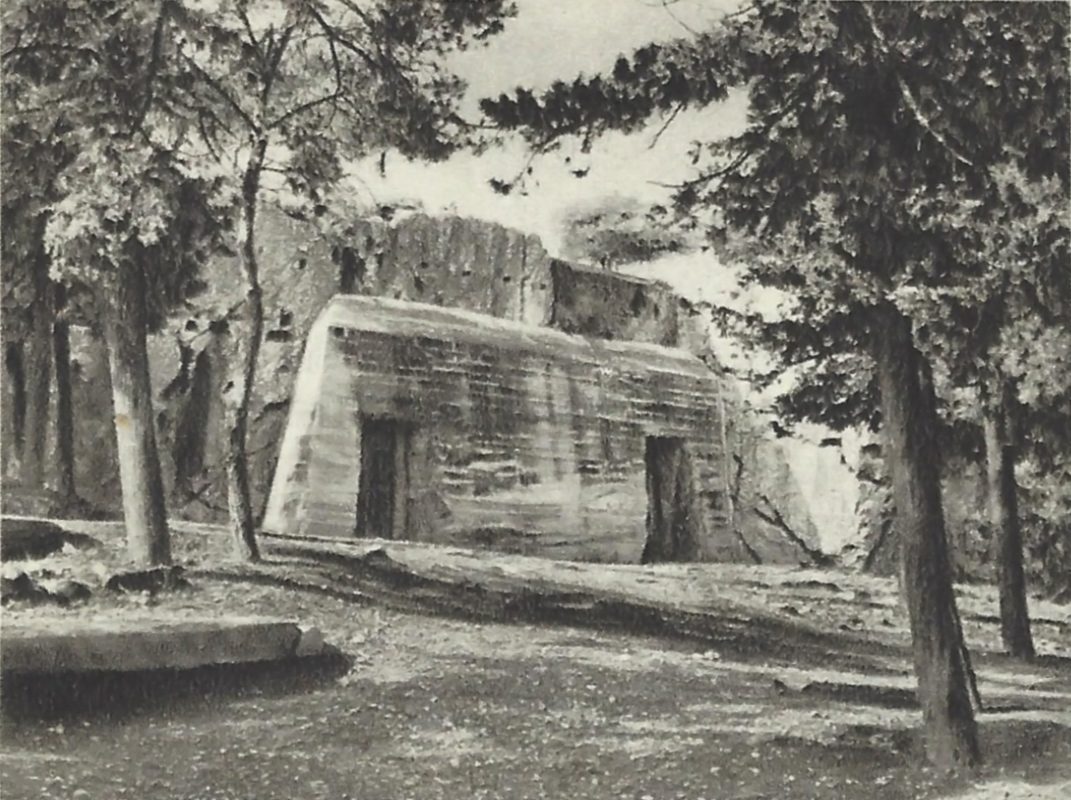
1939
December 5, 20181944
December 5, 20181940

The commonly called “Prison of Socrates” becomes a hideaway for antiquities
In view of the imminent national threat, on the eve of the Occupation of Greece (1940–1941) and soon after Greece entered World War II, archaeologists use this spacious construction cut on the rocky slope of the Hill of the Muses (Philopappos) as a safe place for hiding and protecting antiquities of the National Archaeological Museum.
Selected bibliography:
Papaspyridi-Karouzou 1946, 1158–1163; Kokkou 1977, 143–144.

